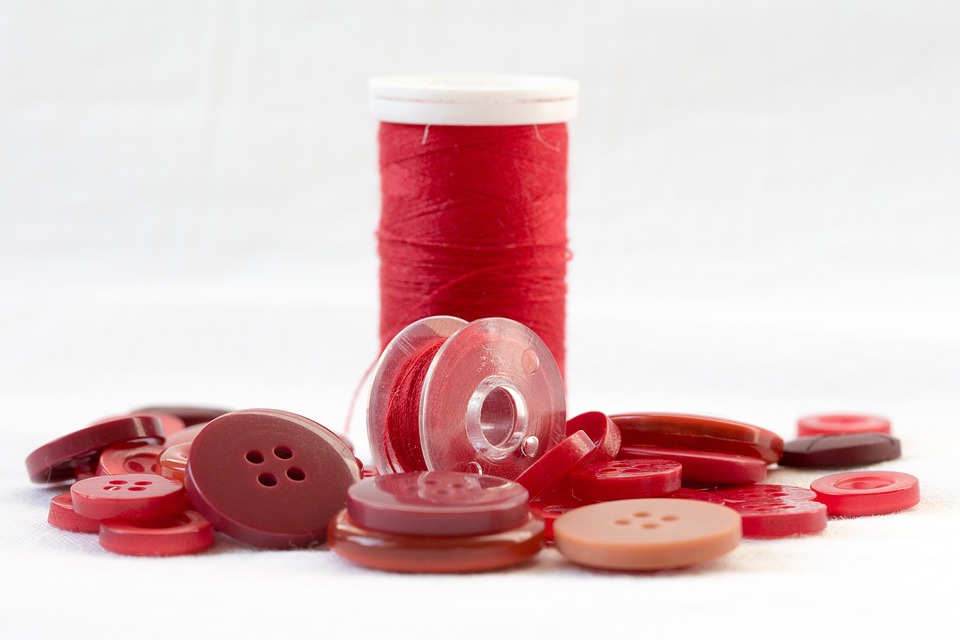Sewing is a beautiful art that allows individuals to create unique and personalized garments, accessories, and home decor. A crucial aspect of sewing that is often overlooked is color matching. When it comes to thread, choosing the right color can make a significant difference in the final product’s overall aesthetic appeal.
To help sewists navigate the vast world of colors, thread color charts are invaluable tools. These charts provide an extensive range of options, enabling sewists to match the exact shade they require. In this article, we will explore the art of color matching in sewing and how thread color charts can enhance your sewing projects.
Understanding Color Theory:
Before delving into the topic of thread color charts, it is essential to understand some basic principles of color theory. Color theory is a set of principles used to create harmonious color combinations. It involves understanding the color wheel, which is a visual representation of how colors relate to each other.
The color wheel consists of primary colors (red, blue, and yellow), secondary colors (orange, purple, and green), and tertiary colors (mixtures of primary and secondary colors). Complementary colors, which are located opposite each other on the color wheel, create a striking contrast when paired together. Analogous colors, on the other hand, are adjacent to each other and create a more harmonious and calming effect when used together.
Applying Color Theory to Sewing:
When it comes to sewing, understanding color theory can greatly enhance your ability to create visually appealing projects. Harmonious color combinations can make your finished piece look polished and professional.
Start by determining the primary color of your fabric or the dominant color you want to highlight. For example, if you’re sewing a dress made of blue fabric, you may want to choose complementary or analogous colors to complement the blue.
Complementary colors can create a striking effect that draws attention. Using blue as an example, complementary colors like orange or purple would add a pop of contrast. On the other hand, analogous colors like different shades of blue or green can create a serene and calming effect.
Thread Color Charts: Your Ultimate Guide:
Thread color charts are comprehensive resources that provide a wide range of color options to choose from. Many brands and manufacturers offer their own color charts, making it easy to find a chart specific to the brand and type of thread you are using.
When using a thread color chart, it’s important to remember that computer screens and printed charts may not always accurately represent the true thread colors. Thus, it is advisable to have physical samples of the thread colors you are considering. Most sewing supply stores offer color swatches or small spools of thread that you can take home to match with your fabrics.
When using a color chart, start by identifying the dominant color of your fabric. Look for that color on the chart and note the corresponding thread colors available. Pay attention to shades and undertones. For example, if your fabric is a rich burgundy, you may find thread options in lighter shades of red or even purple that would complement it perfectly.
Experimenting and Testing:
Once you have selected a few thread colors based on the color chart, it’s important to conduct tests before settling on a final choice. Take scraps of fabric or inconspicuous parts of your garment and sew small stitches using different thread colors. Observe them under different lighting conditions to see how they interact with the fabric.
Additionally, consider the purpose of your sewing project. If the stitches are intended to be visible and decorative, a contrasting thread color may be desirable. On the other hand, if you want the stitches to be inconspicuous, select a thread color that closely matches your fabric.
Conclusion:
Mastering the art of color matching in sewing is an essential skill that can elevate your sewing projects to new heights. Thread color charts serve as invaluable tools in this process, providing a vast array of options so you can achieve the perfect color combination. By understanding color theory, utilizing thread color charts, and conducting tests, you can confidently choose the ideal thread color to enhance and complement your fabric, ensuring a stunning final creation.

